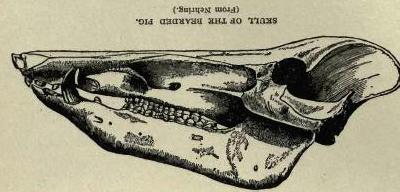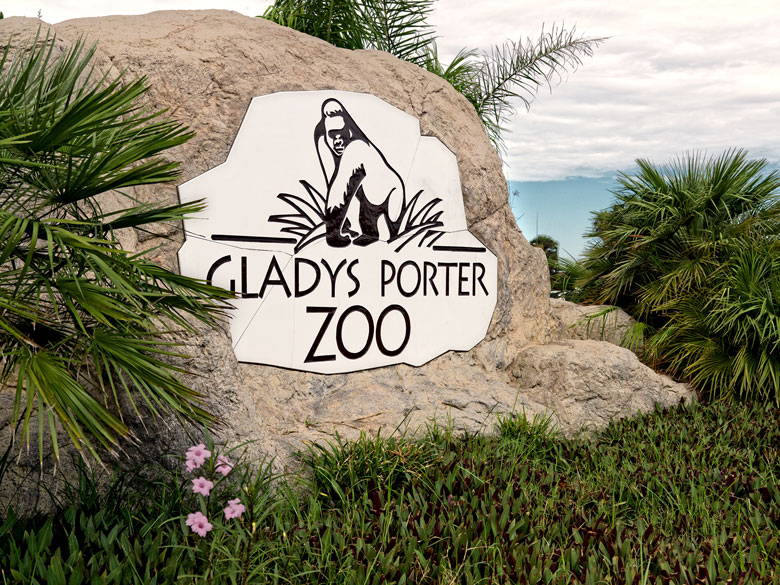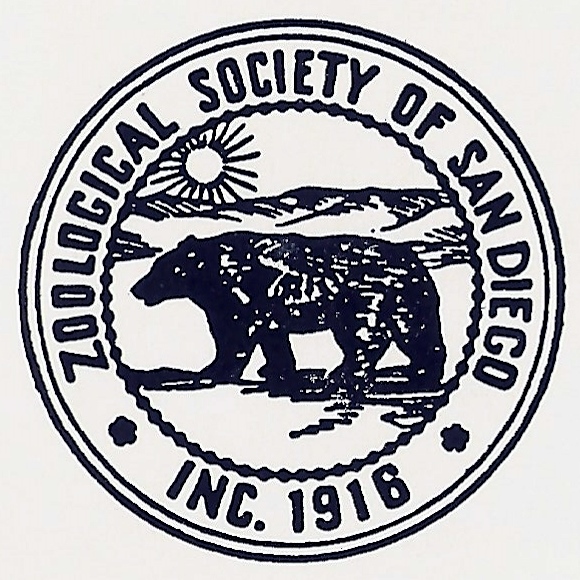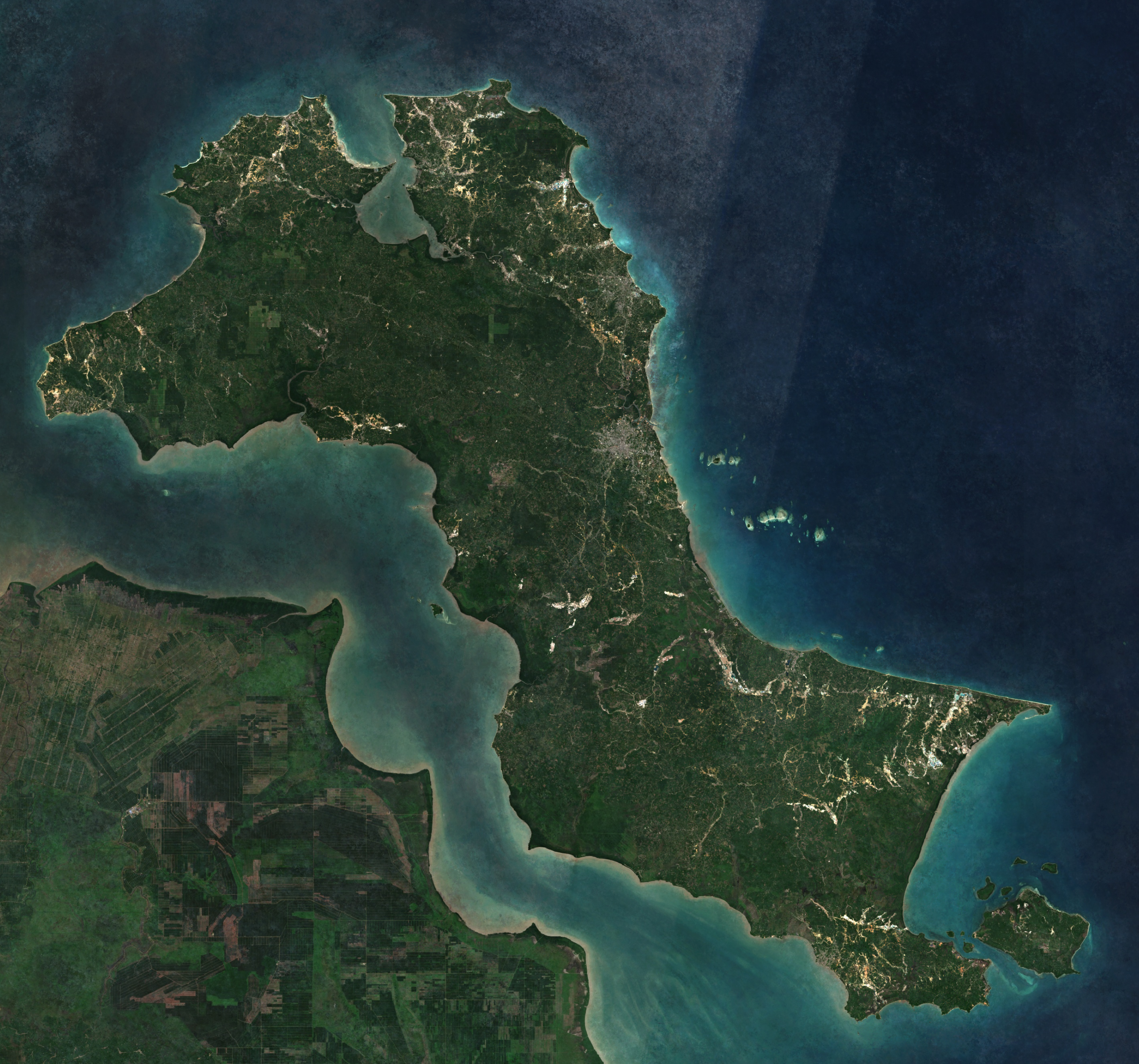|
Bornean Bearded Pig
The Bornean bearded pig (''Sus barbatus''), also known as the Sunda bearded pig or simply bearded pig, is a species in the pig genus, '' Sus''. It can be recognized by its prominent beard. It also sometimes has tassels on its tail. It is found in Southeast Asia—Sumatra, Borneo, the Malay Peninsula, and various smaller islands like in Sulu archipelago such as Tawi-Tawi, where it inhabits rainforests and mangrove forests. The bearded pig lives in a family. It can reproduce from the age of 18 months, and can be cross-bred with other species in the family Suidae. Subspecies The two subspecies of this pig are: *''S. b. barbatus'' (the nominate subspecies) *''S. b. oi'' (western bearded pig) As traditionally defined, the nominate is from Borneo. The species is widely ranging in Borneo. It is also found in Tawi-Tawi province at the tip of the Sulu Archipelago in the Philippines, although this population possibly has been extirpated, and ''S. b. oi'' is from the Malay Peninsula a ... [...More Info...] [...Related Items...] OR: [Wikipedia] [Google] [Baidu] |
Bako National Park
Bako National Park () is a national park in Kuching District, Kuching Division, Sarawak, Malaysia. Established in 1957, it is the oldest national park in Sarawak. It covers an area of at the tip of the Muara Tebas peninsula at the mouth of the Bako and Kuching Rivers. It is approximately by road from Kuching. Millions of years of erosion of the sandstone have created a coastline of steep cliffs, rocky headlands and stretches of white, sandy bays. Wave erosion at the base of the cliffs has carved many of the rocky headlands into fantastically shaped sea arches and seastacks with colored patterns formed by iron deposition. The most famous of them was shaped like a cobra's head which could be spotted on a boat ride from the headquarters or one of the beaches. This collapsed in 2024 and is no longer present. Some of these rock formations can be seen on entry to the Teluk Assam Beach, which fronts the park. The park can only be reached by a 20-minute boat ride from the village ... [...More Info...] [...Related Items...] OR: [Wikipedia] [Google] [Baidu] |
Suidae
Suidae is a family (biology), family of Even-toed ungulate, artiodactyl mammals which are commonly called pigs, hogs, or swine. In addition to numerous fossil species, 18 Extant taxon, extant species are currently recognized (or 19 counting domestic pigs and wild boars separately), classified into between four and eight genera. Within this family, the genus ''Sus'' includes the domestic pig, ''Sus scrofa domesticus'' or ''Sus domesticus'', and many species of wild pig from Europe to the Pacific. Other genera include babirusas and warthogs. All suids, or swine, are native to the Old World, ranging from Asia to Europe and Africa. The earliest fossil suids date from the Oligocene epoch in Asia, and their descendants reached Europe during the Miocene. Several fossil species are known and show adaptations to a wide range of different diets, from strict herbivory to possible carrion-eating (in Tetraconodontinae). Physical characteristics Suids belong to the order (biology), order Artio ... [...More Info...] [...Related Items...] OR: [Wikipedia] [Google] [Baidu] |
Gladys Porter Zoo
Gladys Porter Zoo is a zoological and botanical park located in Brownsville, Texas, United States. The zoo officially opened on September 3, 1971, and currently averages over 424,000 visitors annually. Situated on , the zoo houses about 400 animal species (including 47 endangered species) and over 250 tropical and neo-tropical species and subspecies. It is the first zoo to have successfully bred the endangered Jentink's duiker (although none are currently in captivity in the US). It is also the birthplace of Harambe, the gorilla. The zoo is named after Gladys Porter, the daughter of Earl C. Sams, former president of J. C. Penney. Porter, a wildlife enthusiast, helped to plan and stock the zoo, which was entirely funded by the Earl C. Sams Foundation. After its opening, the zoo was given to the city of Brownsville. History The zoo was planned, built, stocked, and given by the Earl C. Sams Foundation to the City of Brownsville. It opened on 3 September 1971. The first additio ... [...More Info...] [...Related Items...] OR: [Wikipedia] [Google] [Baidu] |
Berlin Zoo
The Berlin Zoological Garden (, ) is the oldest surviving and best-known zoo in Germany. Opened in 1844, it covers and is located in Berlin's Tiergarten. With about 1,380 different species and over 20,200 animals, the zoo presents one of the most comprehensive collections of species in the world. The zoo and its aquarium had more than 3.5 million visitors in 2017. It is the most-visited zoo in Europe and one of the most popular worldwide. Regular animal feedings are among its most famous attractions. Globally known animals like Knut, the polar bear, and , the giant panda have contributed to the zoo's public image. The zoo collaborates with many universities, research institutes, and other zoos around the world. It maintains and promotes European breeding programmes, helps safeguard several endangered species, and participates in several species reintroduction programs. History Opened on 1 August 1844, the Zoologischer Garten Berlin was the second zoo in Germany after th ... [...More Info...] [...Related Items...] OR: [Wikipedia] [Google] [Baidu] |
London Zoo
London Zoo, previously known as ZSL London Zoo or London Zoological Gardens and sometimes called Regent's Park Zoo, is the world's oldest scientific zoo. It was opened in London on 27 April 1828 and was originally intended to be used as a collection for scientific study. In 1831 or 1832, the Tower of London menagerie animals were transferred to the zoo's collection. It was opened to the public in 1847. As of December 2022, it houses a collection of 14,926 individuals, making it one of the largest collections in the United Kingdom. It is managed under the aegis of the Zoological Society of London (established in 1826) and is situated at the northern edge of Regent's Park, on the boundary line between the City of Westminster and the borough of Camden (the Regent's Canal runs through it). The Society also has a more spacious site at Whipsnade Zoo in Bedfordshire where larger animals, such as elephants and rhinos, have been moved. As well as being the first scientific zoo, Lond ... [...More Info...] [...Related Items...] OR: [Wikipedia] [Google] [Baidu] |
Western Hemisphere
The Western Hemisphere is the half of the planet Earth that lies west of the Prime Meridian (which crosses Greenwich, London, United Kingdom) and east of the 180th meridian.- The other half is called the Eastern Hemisphere. Geopolitically, the term Western Hemisphere is often used as a metonym for the Americas or the "New World", even though geographically the hemisphere also includes parts of other continents. Geography The Western Hemisphere consists of the Americas, excluding some of the Aleutian Islands to the southwest of the Alaskan mainland; the westernmost portions of Europe and Africa, both mainland and islands; the extreme eastern tip of the Russian mainland and islands ( North Asia); numerous territories in Oceania; and a large portion of Antarctica. The center of the Western Hemisphere is located in the Pacific Ocean at the intersection of the 90th meridian west and the Equator, among the Galápagos Islands. The nearest land is Genovesa Island at . The hi ... [...More Info...] [...Related Items...] OR: [Wikipedia] [Google] [Baidu] |
San Diego Zoo
The San Diego Zoo is a zoo in San Diego, California, United States, located in Balboa Park (San Diego), Balboa Park. It began with a collection of animals left over from the 1915 Panama–California Exposition that were brought together by its founder, Dr. Harry M. Wegeforth. The zoo was a pioneer in the concept of open-air, cage-less exhibits that recreate natural animal habitats. The zoo sits on 100 acres (40 ha) of land leased from the City of San Diego. It houses over 12,000 animals of more than 680 species and subspecies. It is the most visited zoo in the United States; travelers have cited it as one of the best zoos in the world. Its parent organization, the San Diego Zoo Wildlife Alliance, is a private nonprofit conservation organization and has one of the largest zoological membership associations in the world. The San Diego Zoo Wildlife Alliance also operates the San Diego Zoo Safari Park. History The San Diego Zoo grew out of exotic animal exhibitions abandoned afte ... [...More Info...] [...Related Items...] OR: [Wikipedia] [Google] [Baidu] |
Species Concept
A species () is often defined as the largest group of organisms in which any two individuals of the appropriate sexes or mating types can produce fertile offspring, typically by sexual reproduction. It is the basic unit of classification and a taxonomic rank of an organism, as well as a unit of biodiversity. Other ways of defining species include their karyotype, DNA sequence, morphology, behaviour, or ecological niche. In addition, palaeontologists use the concept of the chronospecies since fossil reproduction cannot be examined. The most recent rigorous estimate for the total number of species of eukaryotes is between 8 and 8.7 million. About 14% of these had been described by 2011. All species (except viruses) are given a two-part name, a "binomen". The first part of a binomen is the name of a genus to which the species belongs. The second part is called the specific name or the specific epithet (in botanical nomenclature, also sometimes in zoological nomenclature). For ... [...More Info...] [...Related Items...] OR: [Wikipedia] [Google] [Baidu] |
Phylogenetic Species Concept
A species () is often defined as the largest group of organisms in which any two individuals of the appropriate sexes or mating types can produce fertile offspring, typically by sexual reproduction. It is the basic unit of classification and a taxonomic rank of an organism, as well as a unit of biodiversity. Other ways of defining species include their karyotype, DNA sequence, morphology, behaviour, or ecological niche. In addition, palaeontologists use the concept of the chronospecies since fossil reproduction cannot be examined. The most recent rigorous estimate for the total number of species of eukaryotes is between 8 and 8.7 million. About 14% of these had been described by 2011. All species (except viruses) are given a two-part name, a "binomen". The first part of a binomen is the name of a genus to which the species belongs. The second part is called the specific name or the specific epithet (in botanical nomenclature, also sometimes in zoological nomenclature). For exa ... [...More Info...] [...Related Items...] OR: [Wikipedia] [Google] [Baidu] |
Palawan Bearded Pig
The Palawan bearded pig (''Sus ahoenobarbus'') is a pig species in the genus '' Sus'' endemic to the Philippines, where it occurs on the archipelago of islands formed by Balabac, Palawan, and the Calamian Islands. It is in length, about tall and weigh up to . Taxonomy Until recently, it was considered a subspecies of the Bornean bearded pig (''Sus barbatus''), but at least under the phylogenetic species concept, it must be classified as a separate species. For its treatment under other (and more widely used) species concepts, more study is required, but the presently available information seems to argue for full species status in any case. Fossils Fossils excavated in Palawan were identified as being of the Palawan bearded pig, deer, Philippine long-tailed macaques, tiger, small mammals, lizards, snakes and turtles. From the stone tools, besides the evidence for cuts on the bones, and the use of fire, it would appear that early humans had accumulated the bones. Borneo m ... [...More Info...] [...Related Items...] OR: [Wikipedia] [Google] [Baidu] |
Bangka Island
Bangka is an island lying east of Sumatra, Indonesia. It is administered under the province of the Bangka Belitung Islands, being one of its namesakes alongside the smaller island of Belitung across the Gaspar Strait. The 9th largest island in Indonesia, it had a population of 1,146,581 at the 2020 census; the official estimate as at mid 2023 was 1,191,300.Badan Pusat Statistik, Jakarta, 28 February 2024, ''Provinsi Kepulauan Bangka Belitung Dalam Angka 2024'' (Katalog-BPS 1102001.19) It is the location of the provincial capital of Pangkal Pinang, and is administratively divided into four regencies and a city. The island itself and the surrounding sea suffers considerable environmental damage from its thriving tin mining industry which operates on- and offshore. Geography Bangka is the largest landmass of the province of the Bangka Belitung Islands. It lies just east of Sumatra, separated by the Bangka Strait; to the north lies the South China Sea, to the east, across the Ga ... [...More Info...] [...Related Items...] OR: [Wikipedia] [Google] [Baidu] |
Genetics
Genetics is the study of genes, genetic variation, and heredity in organisms.Hartl D, Jones E (2005) It is an important branch in biology because heredity is vital to organisms' evolution. Gregor Mendel, a Moravian Augustinians, Augustinian friar working in the 19th century in Brno, was the first to study genetics scientifically. Mendel studied "trait inheritance", patterns in the way traits are handed down from parents to offspring over time. He observed that organisms (pea plants) inherit traits by way of discrete "units of inheritance". This term, still used today, is a somewhat ambiguous definition of what is referred to as a gene. Phenotypic trait, Trait inheritance and Molecular genetics, molecular inheritance mechanisms of genes are still primary principles of genetics in the 21st century, but modern genetics has expanded to study the function and behavior of genes. Gene structure and function, variation, and distribution are studied within the context of the Cell (bi ... [...More Info...] [...Related Items...] OR: [Wikipedia] [Google] [Baidu] |








